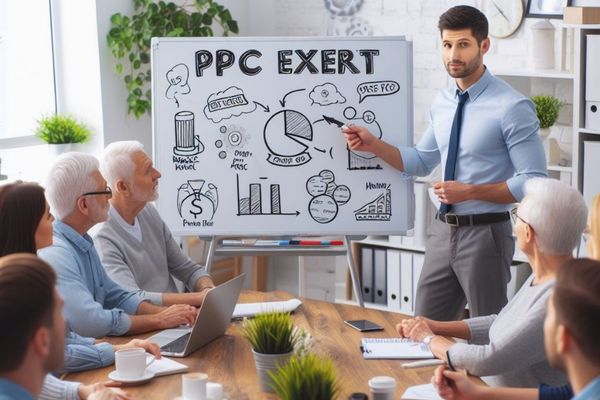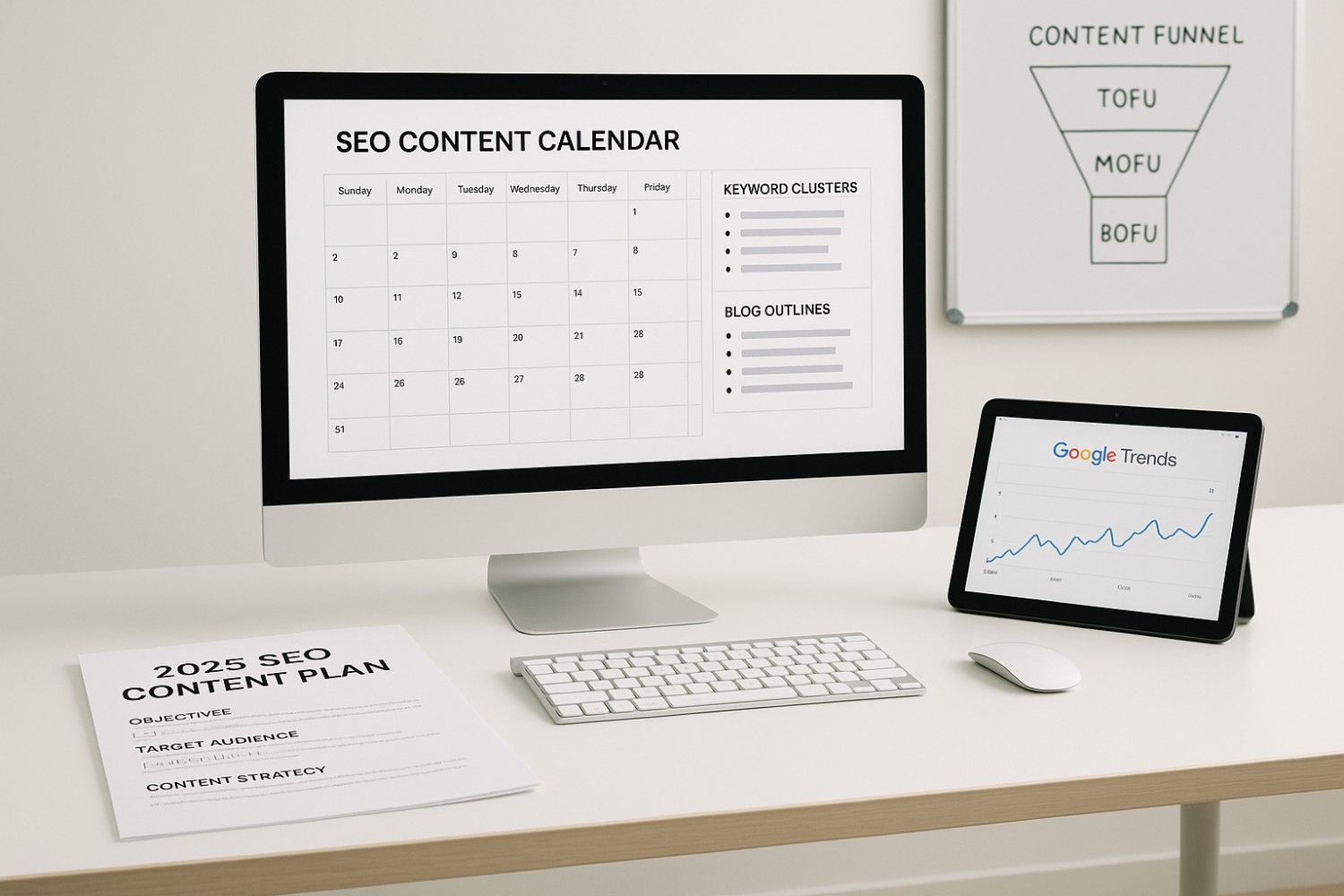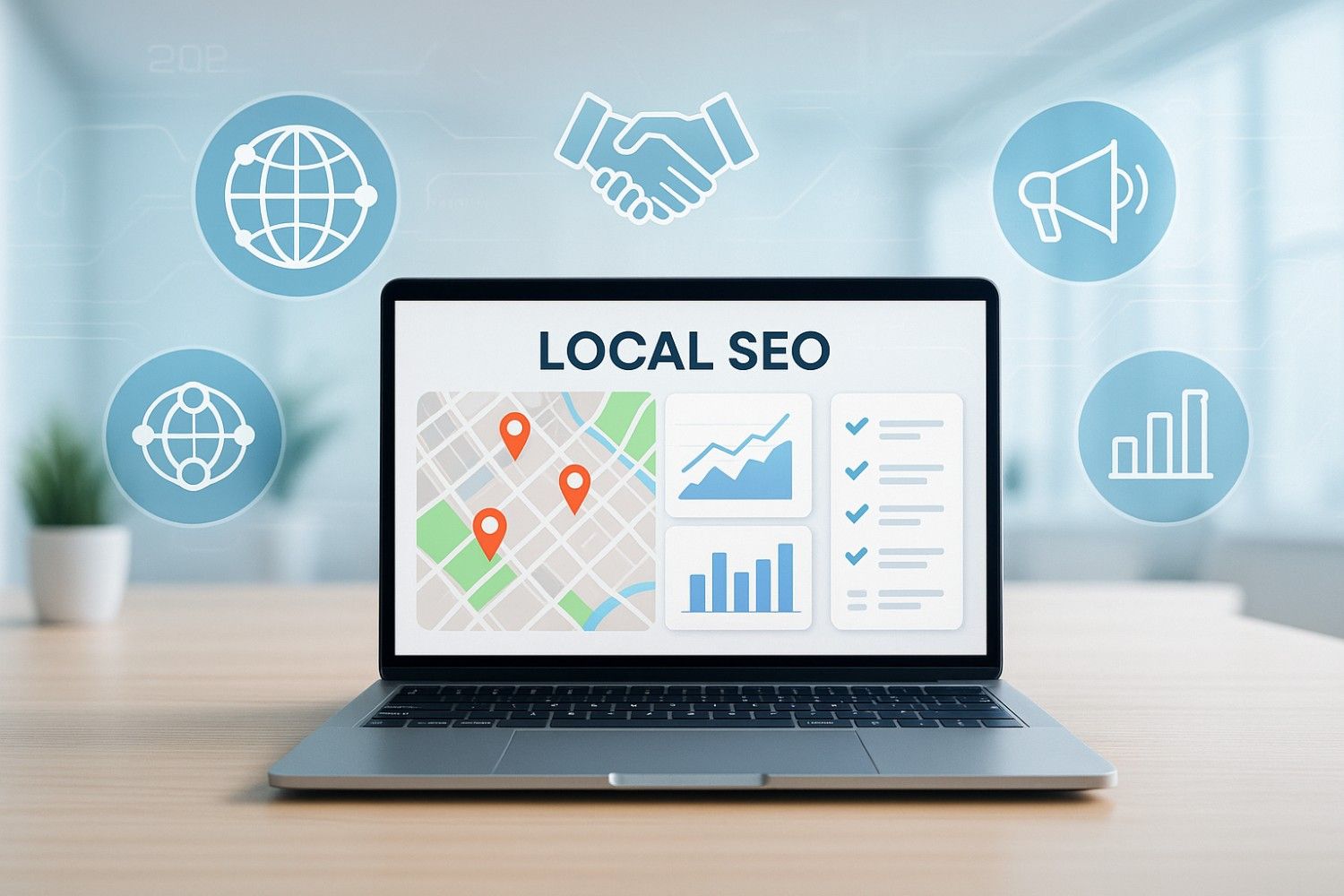What is your advertising budget? Some businesses spend millions on marketing, while others merely spend a microscopic bit. Regardless of the amount you invest, your goal is to get the most value out of it.
When it comes to PPC, you may have a stellar copy, an eminent landing page, and a target audience pool; but are not getting any revenue. It can be exasperatingly challenging to maintain success with Google Ads. You risk losing your advertising money if you can’t show results.
Consider a hypothetical situation where your ad budget is $1. What can you do to achieve 100X revenue? Don’t worry! We have rounded up some ideas to make the most of the minimum budget.
10 Ways to Optimize Your Ad Revenue
Here are some expert-level Google Ads optimizations you can learn to increase Google ad revenue:
1. Long Tail Keywords: Targeting particular long-tail keywords is one of the first steps you need to take when starting a PPC campaign. You can attract a discerning audience by using such keywords, as they have distinct connotations. Moreover, Long-tail keywords have fewer rivals because they are typically targeted by fewer firms, increasing your chances of ranking highly for those searches.
2. Optimize Your Landing Page: Sync your landing pages to your ad copy by optimizing them. Each PPC advertising should direct viewers to a particular landing page with a conversion opportunity. Ineffective landing page SEO caused users to click the back button. Thus, make a new landing page for each advertisement you run.
3. Apply Ad Extensions: Adding ad extensions to your ads can be incredibly beneficial. Common ad extensions include Content extensions, Address extensis, site link extensions, and so on. Site links can capture a user’s eye, pique their interest in the advertisement, and push it to the top of the page as a result of this Google Ads optimization.
4. Focus on Demographics: The custom audience is everything in PPC. Along with targeting specific keywords, you can also target your ads to reach a specific audience online. You can target specific characteristics with custom audiences, including age, gender, occupation, and location. This audience targeting is a fantastic method to improve your Google advertising.
5. Use RLSA: Similarly, a Google Advertising tool called remarketing lists for search ads (RLSA) enables you to advertise to users who have previously visited specific pages on your website. The RLSA allows you to customize your ads to be served to users visiting particular web pages on your site based on the traffic to those web pages tracked by Google Ads.
6. Optimize Negative Keywords: Using negative keywords is an effective way to ensure your Google Ads campaigns remain legitimate. Your advertising won’t appear on keyword searches that aren’t relevant to your ads if you tell Google what your product is not.
7. Make Mobile-Friendly Ad Copy: Many of your potential clients have smartphones. Thus, mobile-focused marketing may give you the finest opportunity to interact with your mobile customers in an acceptable way on their preferred devices.
8. Take into Account Your Search Partners: Another best way to optimize your ad is to keep or chuck your search partners. It’s worth testing to see if removing search partners helps you focus on a better audience if you’ve tried several different approaches to fix a performance issue and are still struggling.
9. Test Your Ad Copy: If your advertising is currently performing well, how do you know it couldn’t operate better? Here, Ad testing can assist you in optimizing your ad revenue. It makes a huge difference to change the headline while leaving the rest of the new advertisement unchanged.
10. Keep Tabs on Useful Analytics: Track useful analytics for your advertisement. You can effortlessly assess the success of each of your adverts by using metrics like click-through rate (CTR) and conversion rate.
Social Media Advertising vs Search Engine Marketing
SEO and social media are inbound marketing strategies that help to drive relevant traffic to your website. On one side, SEO strategy improves your visibility and generates more organic leads. Also, SEO cost for small businesses is quite affordable. On another side, social media works for advertising the goods or services you provide and building brand awareness.
There are several factors to consider when deciding whether to concentrate your business efforts on SEO or social media. The benefits of SEO are long-term, including:
- Website Traffic
- Establishes authority and builds trust
- Tracks KPIs and allows for reporting and analysis
Using social media improves engagement, builds brands, and increases business opportunities. So, it’s good to have both strategies on your plate.
Why PPC Ads are Important for Small Business?
Pay Per Click, or PPC is one of the techniques you can use to advertise a business online. PPC advertisements assist small businesses in expanding their customer base, focusing on niche markets, and saving time. Here are three reasons why PPC is crucial for small firms.
- It allows small businesses to respond quickly to changing market conditions by placing ads in front of a targeted audience.
- Compared to traditional advertising, PPC outcomes are easily measurable and provide more information about customer profiles and ROI.
- You can use PPC to test advertising layouts, marketing strategies, and product development for a relatively low cost.
If your small business is struggling to survive online, consider working with Page Up Lab. We are offering PPC services at minimal cost.
Are PPC Ads Profitable for E-commerce?
PPC campaigns can increase ad conversion and income for your e-commerce company by targeting potential consumers looking for your goods or services. A successful PPC campaign not only drives more visitors to a landing page or product page but also the targeted traffic.
PPC campaigns use a bidding structure, which gives you complete control over the amount you bid for each term. For e-commerce, the average cost-per-click (CPC) is $1.16. That is the lowest industry-wide average CPC. It entails spending less on advertising while maintaining the same pricing for your products.
The ROI of a PPC campaign is tough to quantify because a variety of factors are at play. For e-commerce, the typical cost per click is roughly $0.90. The lower your CPC, the higher your ROI.
Disadvantages of Search Engine Marketing
Here are some drawbacks of Search Engine Marketing:
1. Overall high cost
SEM only functions when you pay. You can improve your campaigns over time and lower your cost per click. However, you will still need to pay for each visitor you receive.
2. A high degree of competition
As the market for search engines expands quickly, several companies are concentrating on the same keyword strategy. This deep level of competition maximizes the cost. Therefore, at this level, achieving an effective ROI may be difficult.
3. SEM is disruptive
SEM aims to draw consumers’ attention by saturating the space with undesirable material. Native advertising is the absolute opposite of this approach. Utilizing SEM won’t help you reach your target audience because most users use ad blockers.






